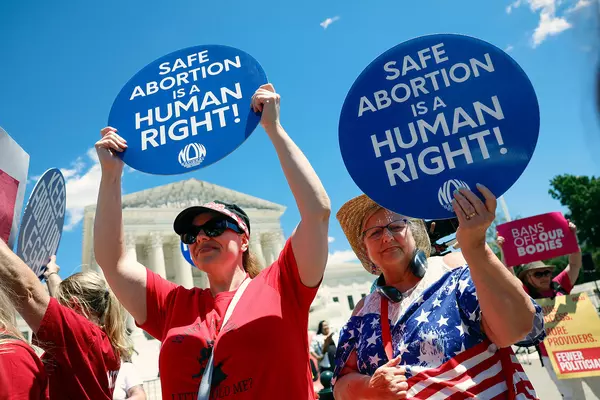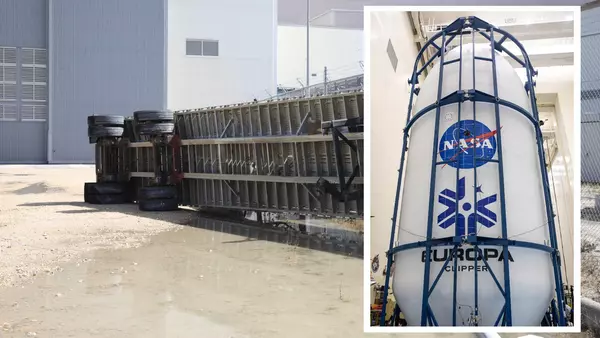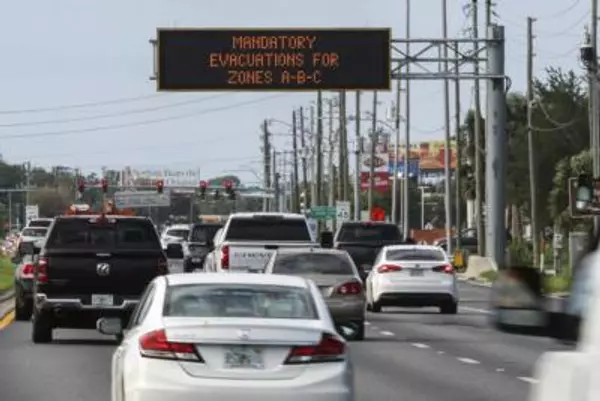
On Wednesday, the bureau of statistics revealed that real wages in 2021 completely tanked. In what will likely be the last release of such data before the federal election, the wages price index for all employees in 2021 rose just 2.3%, well below the 3.5% increase in inflation.
Just a couple of weeks ago the Australian reported business were warning that a “wages rush ‘risks jump in inflation’”.
It would be funny if it wasn’t so obtusely predictable.
If there is one constant in our economic debate, it is that employer groups and certain members of the Coalition will continually warn that we are about to experience a wages breakout due to unions’ exaggerated pay claims.
And, alas, another constant is that the wages breakout does not arrive.
So it is again with the release of the wages figures for the last three months of 2021.
Last year wages overall grew by 2.3% while private-sector wages were up 2.4%. That is, no better than occurred in the first quarter of 2019:
If the graph does not display please click here
And while the last half of 2021 did see a slight boost, even if we exclude the poor June quarter of last year, we are still looking at private-sector wage growth of only 2.5%:
If the graph does not display please click here
One problem is that the public sector, which traditionally bolstered wages, is now a drag. The decisions by state governments and the Morrison government to cap wages growth during the pandemic means that public-sector wages in the past year grew just 2.1%.
The weak growth is hardly a sign of a breakout of wages and, worse, it also means that people’s wages are falling in real terms.
In 2021, the consumer price index rose 3.5% – some 1.2% above wages. That real-wage fall is the worst this century outside of those that occurred when the GST was introduced.
Personally, I prefer the RBA’s “trimmed mean” inflation measure when calculating real wages, because it is less erratic than the CPI and it is a bit much to expect wages will jump around every three months due to for example petrol prices soaring.
But even here, real wages in both the private and public sectors fell in 2021:
If the graph does not display please click here
Given this is likely the last wages data before a May election (the next release is on 18 May, and 21 May is the last possible date for the election) it is a very poor showing for the Morrison government.
Since September 2013, private-sector wages have grown just 1.4% above inflation, compared to the 4.2% they grew during the Rudd/Gillard governments – despite being in power for three fewer years.
That 1.4% growth is so pathetic in reality, once you take into account taxation and the thresholds of government payments, it likely means that workers have not seen any increase in their purchasing power over the eight years of the Coalition government.
Even in the construction sector, wages growth has slowed.
In the September quarter there was a sharp 1.1% jump – the fastest quarterly rise since 2011 – but, in the last three months of 2021, construction workers wages grew just 0.4% – slower than the last quarter of 2019:
If the graph does not display please click here
The figures highlight that the link between unemployment and wages growth remains much reduced.
If the graph does not display please click here
It also suggests that the government’s predictions of wages growth getting back to 3% by the middle of 2024 while unemployment remains around 4.25% is rather fanciful.
But the bigger problem is that workers are not getting rewarded for their efforts.
Last week, before the Senate economics estimates committee, the head of the Treasury department, Dr Steven Kennedy, noted that so long as wages do not grow ahead of inflation and productivity then they would “put no pressure on inflation”.
This is in line with the views of the governor of the Reserve Bank, that wages should grow at the level of inflation plus productivity – and ideally would be around 3.5% (2.5% inflation + 1% productivity growth)
But wages are growing nowhere near that (and really have not for a long time):
If the graph does not display please click here
It clearly demonstrates wages are not putting pressure on inflation. Prices are not rising because of workers demanding higher pay, but mostly because of supply-side issues and some demand-driven aspects such as in the housing market.
But because real wages are falling and not keeping up with productivity improvements, what is also happening is that employers are choosing to raise prices and take the increased profits rather than pay their workers more.
These figures do nothing to suggest windfall gains to workers are about to occur and, if anything, highlights that the decade of stagnant real wages will be set to continue unless a prospective government seeks to do something about it.







